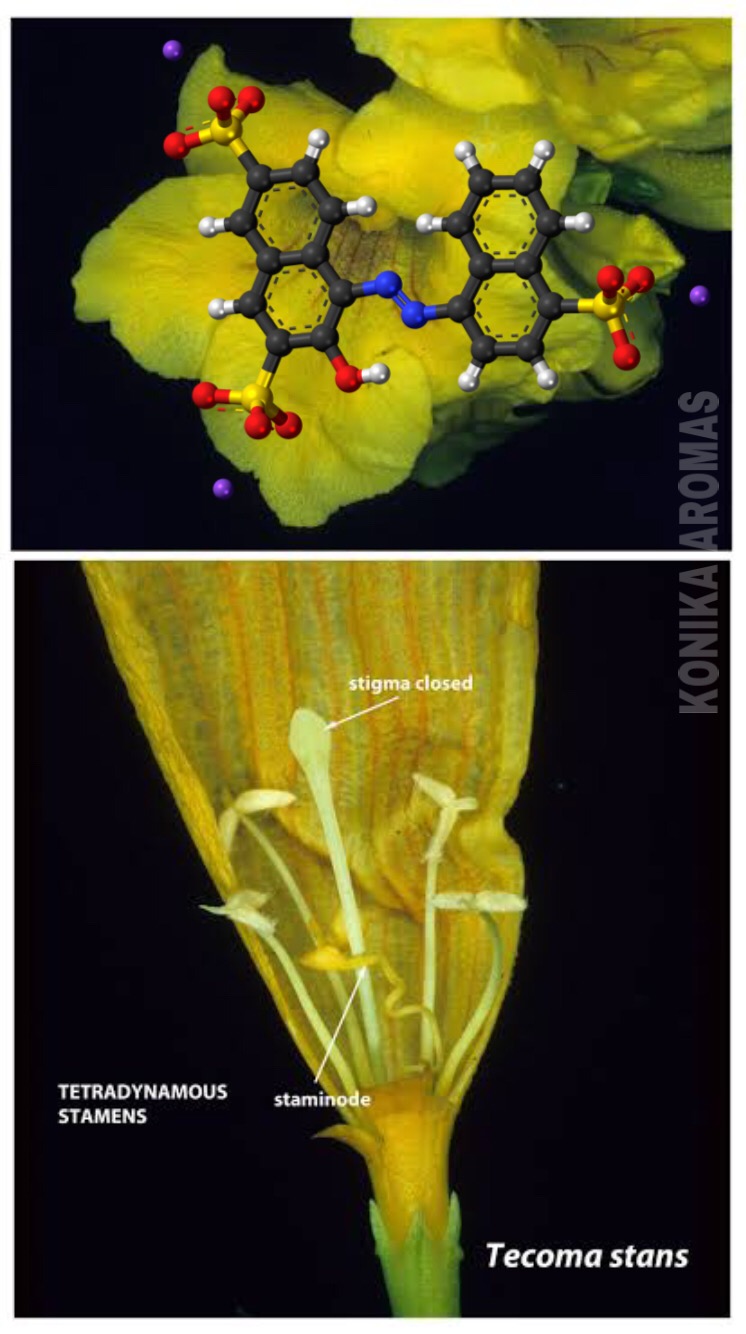FLORAL
FLAVORS
FLOWERS ARE AS GOOD TO TASTE AS THEY SMELL
FLORALS ARE PURE AROMATICS
AROMA INCLUDES TASTE AND SMELL
FLORAL TASTE
FLORAL FLAVOR COMPOUNDS
| Product Name | Odor |
| Floral.Compounds | Strong Floral, Fatty, Intense, Green, Voilet. |
Application Suitability
These compounds depends on aromatic plant matter which is extracted by organic solvents such as hydrocarbons. This matter is also called concretes, which are more stable and concentrated than unmodified essential oils. Our flavors are free from alcohol, non-inflammable, non-hazardous, non-toxic and for industrial use only.
There Application Suitability is as follows:
| Application | Suitability |
| Hot Dairy Products | 7 |
| Cold Dairy Products | 6 |
| Liquor | 7 |
| Confectionery | 8 |
| Nutritional Products | 8 |
| Savory | 5 |
| Mouth Fresheners | 9 |
| Pharmaceuticals | 6 |
| Tobacco Products | 9 |
| Smoke Products | 7 |
| Hot Beverages | 8 |
| Cold Beverages | 8 |
| Herbal Recipes | 7 |
| Indian Sweets | 9 |
| Spices | 4 |
| Baby Products | 7 |
| Cosmetics for Nourishment | 9 |
| Taste for Health | 7 |
| Inhalers | 6 |
| Flavored Syrups | 7 |
APPLICATION SUITABILITY
9 = Very Good Performance
8 = Good Performance
7 = Reasonable performance
6 = Fair performance
5 = Mediocre performance
4 = Slight stability problems
3 = Discoloration Problems
2 = Stability problems
1 = Major problems
0 = XX Not recommended for use
Please Note: Due to the fact that our flavors are very concentrated, we suggest that you test our flavors in finished products before you make any conclusions about our compounds. Since our flavors are so strong, we suggest only using 0.5 to max 2% in any finished product. Our testing notes will never take the place of your own personal testing. Always test flavors in finished (product) applications.
FLORAL AROMA SCIENCE OF PERFORMANCE


